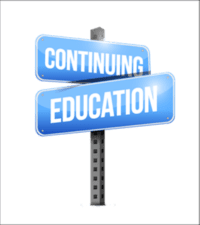Adult Learning is Unique – Apply it to your Corporate Training
It can be easy to assume that the way individuals take in information is fairly consistent. However, have you ever considered how the dynamics of learning change as we age? Consider the strategies used to teach early elementary students, versus someone in high school. How is the classroom laid out? How is information delivered? What […]
Adult Learning is Unique – Apply it to your Corporate Training Read More »



